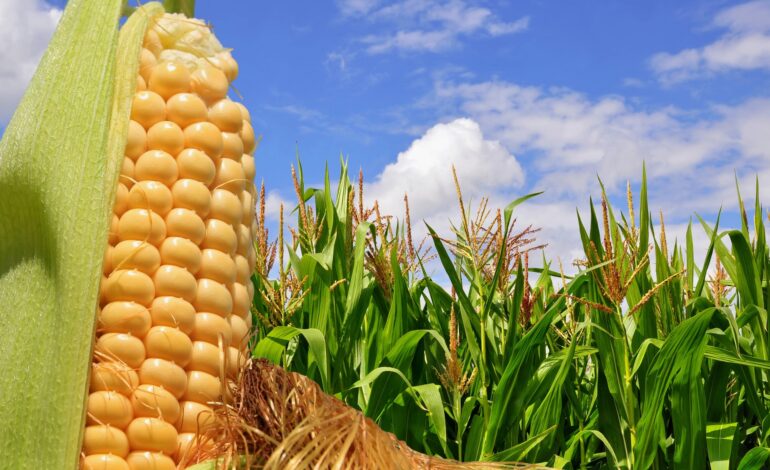Crowded Corn Fields Trigger Gas Release for Defense

Corn, scientifically known as Zea mays, exhibits a fascinating defensive mechanism when faced with overcrowded growing conditions. Researchers at Zhejiang University in China have discovered that maize releases a gas called linalool to protect itself and neighboring plants from pests and pathogens. This unique response highlights the plant’s adaptability to crowded environments, rather than a mere preference for space.
The research team conducted an extensive study examining how high-density corn fields influence the vulnerability of plants to external threats, including harmful insects and microbial diseases. By analyzing multiple maize test fields, they identified a chemical reaction triggered by the plant’s crowded conditions. This response is akin to how maize might alter its growth patterns to maximize sunlight absorption.
As the corn plants sensed the pressure of their densely packed surroundings, they began to emit linalool, a volatile gas with a floral aroma often found in perfumes and cleaning products. The neighboring corn, detecting this chemical signal, increased the production of hormones such as jasmonate in their roots. This hormonal boost led to the secretion of additional compounds known as benzoxazinoids, which can modify the soil’s microbial community to better defend against pests.
Impact on Plant Growth and Soil Health
The study, recently published in the journal Science, highlights that the release of linalool enhances the chemical defenses of maize against caterpillars within just three days. More importantly, the changes in the soil’s microbial composition had lasting effects, benefiting subsequent generations of corn plants. These future crops demonstrated improved resistance not only to caterpillars but also to soil pathogens and nematodes, suggesting that crowded fields could foster healthier, more resilient plants over time.
Despite these advantages, the researchers noted a significant trade-off. The maize plants that activated their defense mechanisms in response to crowding experienced reduced growth rates. As more resources were allocated to defense, less energy was available for growth. This presents a complex challenge for farmers seeking to balance productivity with effective pest management.
Future Implications for Agriculture
The findings from this study could lead to innovative agricultural strategies that reduce reliance on chemical pesticides. By harnessing the natural defense pathways identified in maize, farmers may be able to cultivate crops that are more resilient to environmental stressors without the need for harmful chemicals. The authors of the study suggest that methods such as selective breeding, the use of microbial inoculants, or advances in synthetic biology could promote the development of these resilient crop varieties.
In conclusion, the research conducted by Zhejiang University opens new avenues for sustainable agriculture. As the global demand for food increases, understanding and utilizing the natural defenses of plants like maize can provide effective solutions for enhancing crop resilience while minimizing chemical inputs.






